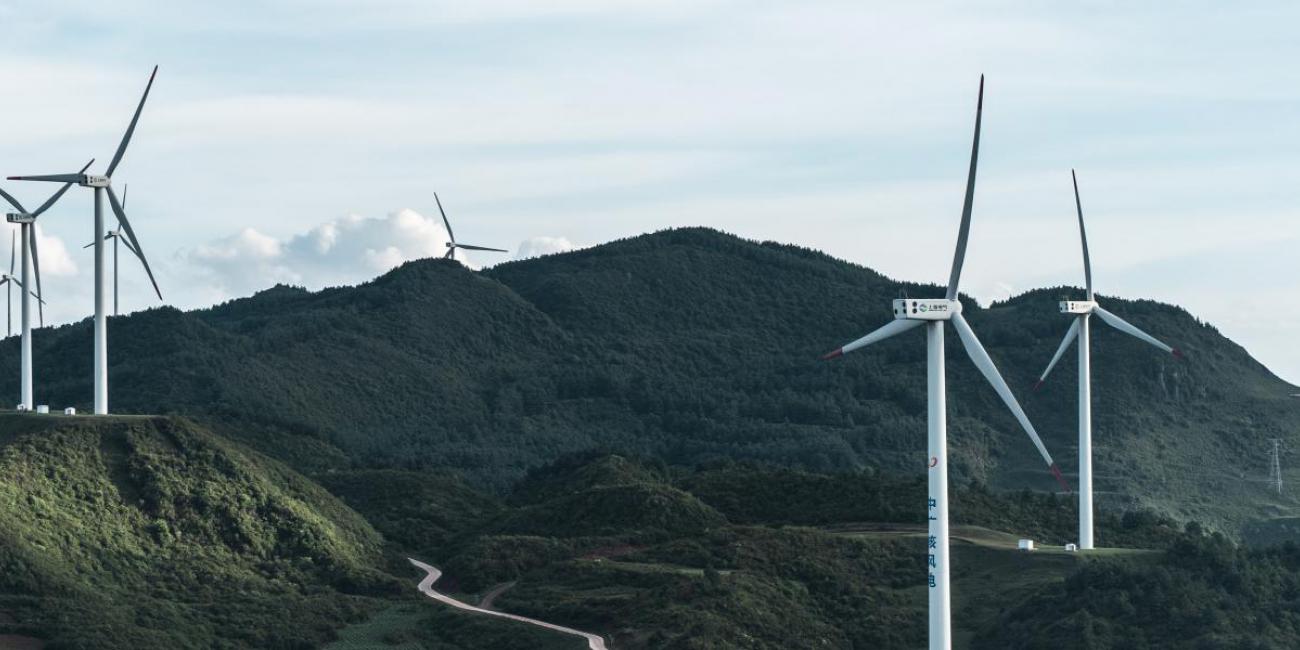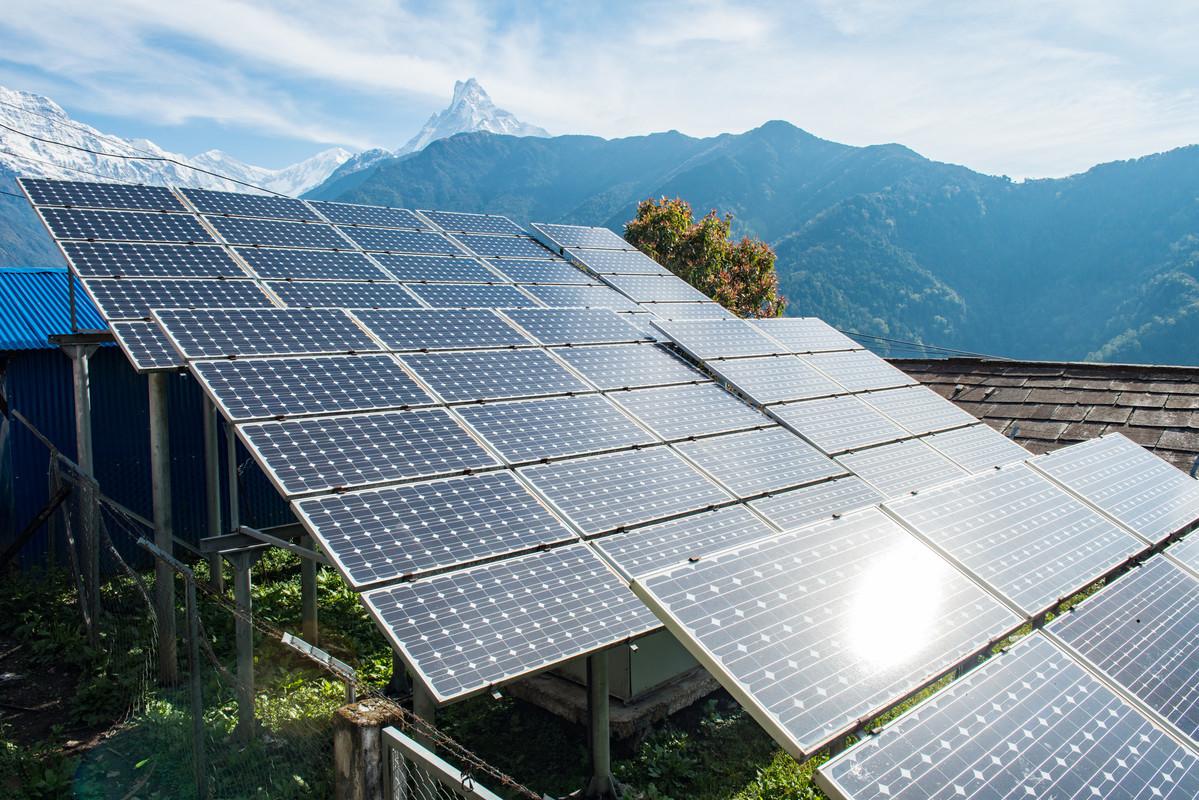Are Countries Walking the Talk on Cutting Carbon?

Since the Paris Agreement was signed in 2016, countries have committed to act on climate change through their Nationally Determined Contributions (NDCs), plans that set country mitigation and adaptation targets every five years to keep global warming in check. Yet the United Nations Environment Programme’s recent Emissions Gap report on climate ambition shows that, under current government pledges, NDCs are largely insufficient and will lead to at least a 3°C warming by the end of the century. The ratcheting mechanism of NDCs—in other words, their increasing ambition over time—is critical to avoid a climate crisis.
How Can Countries Increase the Ambition of Their Climate Action?
Two particularly important tools that countries have at their disposal are carbon pricing and fossil fuel subsidy reform. Working as two sides of the same coin, these tools raise fossil fuel prices to be more in line with their true cost, which promotes more efficient consumption and therefore combats climate change while directing investments toward clean energy alternatives. Both can not only keep emissions in check and help countries meet their climate targets, but they also raise much-needed revenue for a green recovery from COVID-19. Every country should include ambitious carbon pricing and subsidy reform targets in its NDC. So far, however, this is not the case.
In a 2019 report, the International Institute for Sustainable Development (IISD) and Deutsche Gesellschaft für Internationale Zusammenarbeit (GIZ) showed that, out of almost 200 NDCs, only 8% of countries (14 NDCs) explicitly pledged to reform fossil fuel subsidies, and only 12% of countries pledged to put a price on carbon (50 NDCs). (The EU is treated as a block, as it has submitted a single NDC.)
Every country should include ambitious carbon pricing and subsidy reform targets in its NDC. So far, however, this is not the case.
While all countries committed to submitting revised NDCs in 2020, only 71 countries did so. It is possible that several countries may have interpreted the postponement of the 2021 United Nations Climate Change Conference (COP26) as a reason to postpone NDC updates as well, but this is problematic as it further complicates tracking progress on subsidy reform and carbon pricing. For example, Canada recently decided to significantly increase its carbon pricing to CAD 170 a tonne by 2030 but did not submit an updated NDC last year.
Analyzing the text of all NDCs—including those updated in 2020—reveals very few new or more ambitious green fiscal policy commitments. Only 57 explicitly commit to carbon pricing (including emissions trading schemes) and 12 to fossil fuel subsidy reform. Furthermore, several of these pledges are aspirational rather than firm action plans. Perhaps most disconcertingly, looking at the 2020 batch of NDCs, we found at best no improvement on fossil fuel subsidy reform and, at worst, two countries that might have backtracked on their proposals.

Commitments to carbon pricing did increase, which is praiseworthy, but countries must openly acknowledge that fossil fuel subsidies are incompatible with climate action and begin to widely recognize and adopt fossil fuel subsidy reform as the powerful emissions reducing tool that it is.
Fossil Fuel Subsidy Reform and Carbon Pricing Are Still Underutilized in the 2020 Revised NDCs
Many countries make commitments to renewable energy subsidies as a means of meeting their mitigation targets, but fossil fuel taxation and subsidy reform remain underutilized. While renewable subsidies can incentivize deployment, their positive effects could be cancelled out if countries simultaneously continue underpricing fossil fuels.
Only a handful of countries link fossil fuel subsidy reform or carbon pricing to creating a fair playing field for renewables in their NDCs, including Burkina Faso, Colombia, Ethiopia, and Singapore. Ethiopia stands out for eliminating virtually all of its fossil fuel subsidies in 2008. Switzerland also acknowledges the importance of reviewing domestic fossil fuel subsidies while cooperating with other countries, including through the Friends of Fossil Fuel Subsidies Reform. However, these commitments are still exceptions rather than the norm.
What Is Missing From Most NDCs?
Some countries such as Armenia, Kiribati, and the Solomon Islands detail how revenues raised from carbon taxes or levies might or will be used. Armenia refers to the possibility of using carbon pricing revenues to fund climate change mitigation and adaptation projects. Despite these outlying positive examples, however, most NDCs remain vague on how the revenues from carbon pricing and subsidy reform will be used and on what compensation measures will be put in place to protect vulnerable groups. For instance, Nigeria pledges to reform subsidies to fossil fuel consumption and production, acknowledging that consumption subsidies benefit higher-income households most. Yet Nigeria falls short in detailing how these reforms might actually be accomplished or how vulnerable consumers might be protected in the process.
Most NDCs remain vague on how the revenues from carbon pricing and subsidy reform will be used and on what compensation measures will be put in place to protect vulnerable groups.
Several NDCs also send mixed signals by supporting fossil fuel subsidy reform but promoting natural gas as a bridge fuel, as in the case of Morocco. Surprisingly, still very few countries make a connection between green fiscal tools and green recovery despite the opportunities for large revenue gains and emissions reductions.
Where Are NDCs at Now, and Where Do Countries Need to Go From Here?
The biggest emitters, namely China, India, and the United States, have not yet submitted an updated NDC and have, particularly in the case of the United States and China, relied on a fossil fuel heavy recovery. But positively, we are seeing some of these trends start to change. India used low oil prices during the pandemic as an opportunity to raise excise duties on diesel and gasoline to help fund its COVID-19 recovery. China pledged to be carbon neutral by 2060 and recently launched an emissions trading scheme in the power sector. In the United States, the Biden administration has also shown an unprecedented willingness to tackle the fossil fuel industry head on, including by seeking to eliminate certain subsidies to fossil fuel producers.
Several NDCs revised in 2020 also make a case for a green recovery and building back better. But clearly, when it comes to fossil fuel subsidy reform and carbon pricing, there is a long way to go before countries’ promises match the level of ambition needed to limit climate change to 1.5°C.
